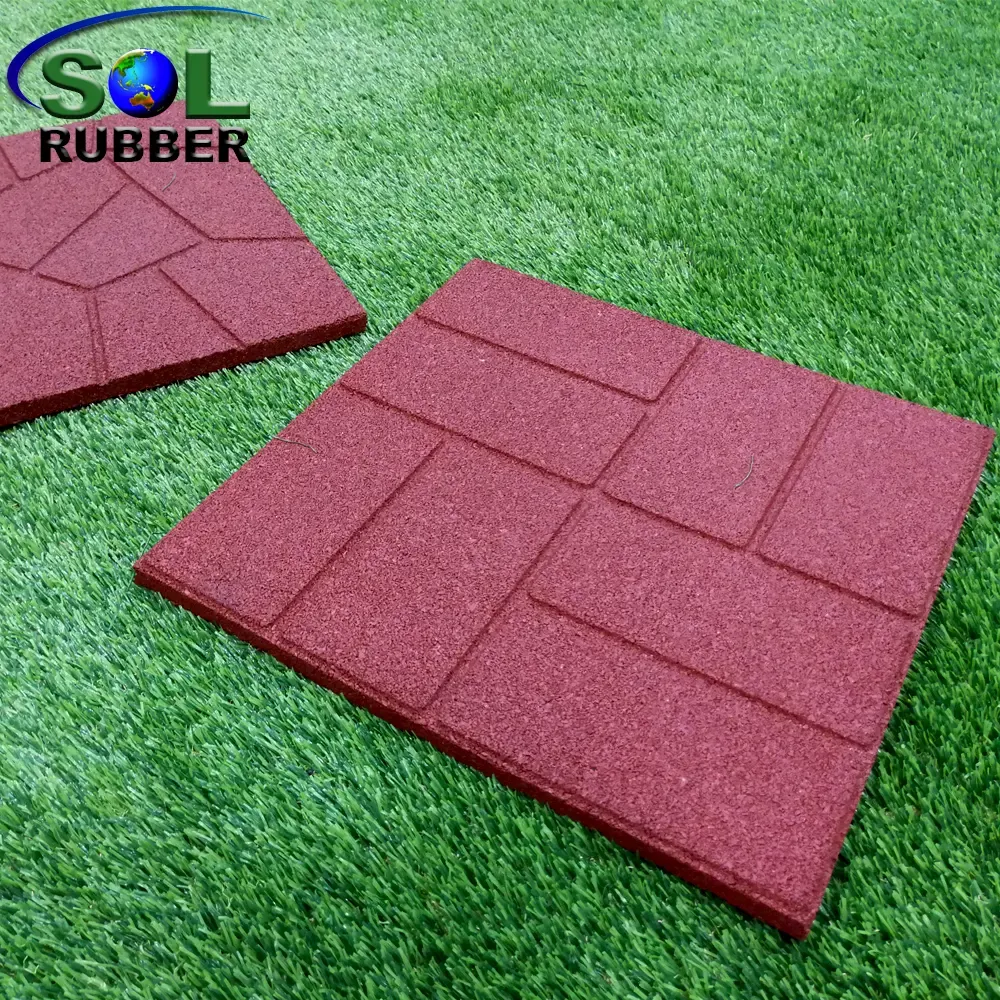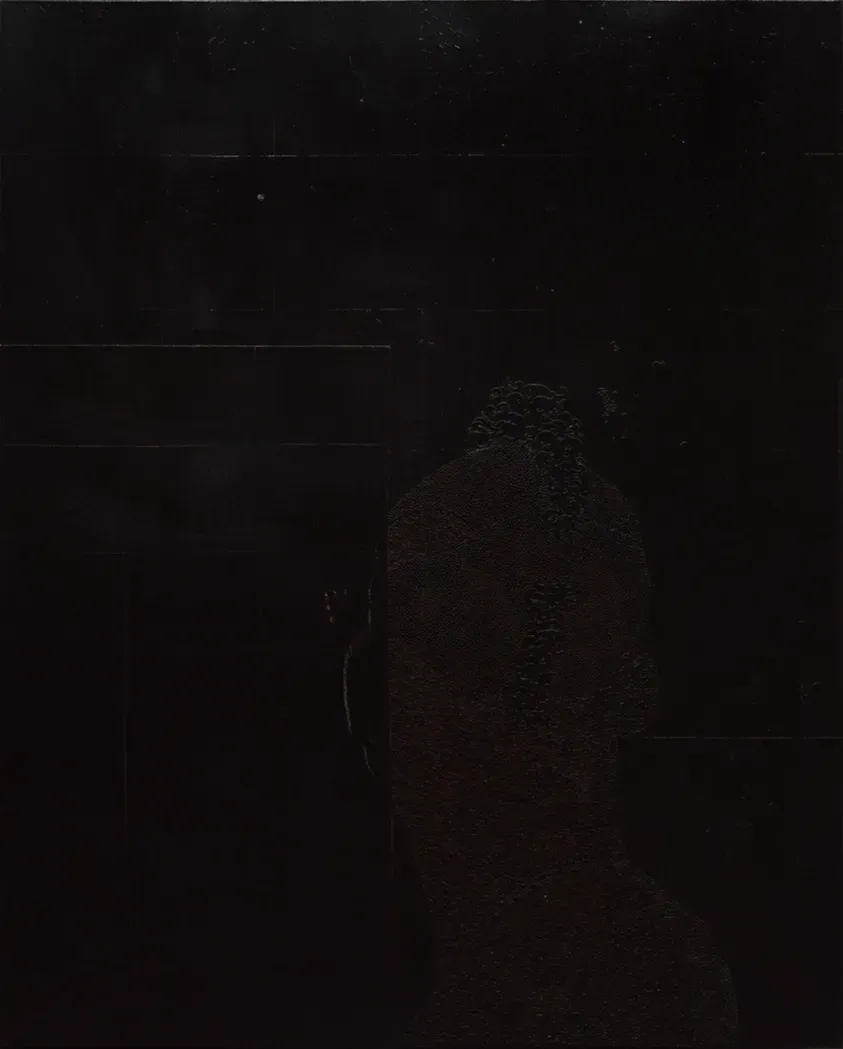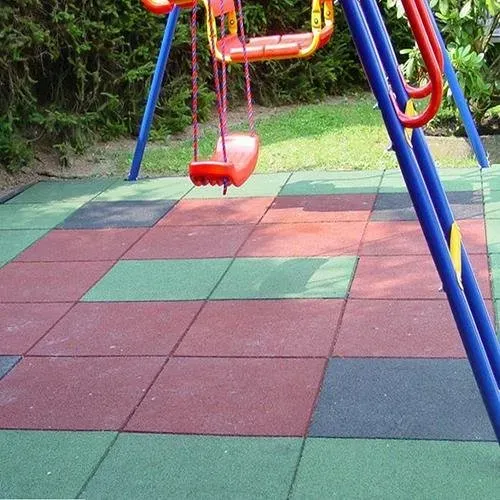Table of Contents
Dreaming of a backyard playground for your little ones? You picture laughter, swings soaring high, and maybe a slide or two. As you plan, safety quickly becomes the top priority, and naturally, you start looking into what goes underfoot. That's where rubber outdoor playground flooring comes in. It sounds like the perfect solution – soft, durable, designed specifically for cushioning falls. It’s the material you see at public parks, built to protect against tumbles from heights. But then you check the price tag. Suddenly, that soft landing feels like a hard hit to the wallet. The cost of rubber outdoor playground flooring can be surprisingly high, often making homeowners pause and wonder if there's another way. Are there alternatives that offer similar safety without requiring a second mortgage? This article will tackle that sticker shock head-on. We'll explore why rubber flooring commands such a price, dig into other surfacing options, compare their safety and cost, and help you figure out the best path forward for your own backyard oasis.
The Sticker Shock of Rubber Outdoor Playground Flooring

The Sticker Shock of Rubber Outdoor Playground Flooring
So you've decided to build that dream play area. You picture soft, safe landings for your kids, maybe like the fancy parks you've seen. You start looking into rubber outdoor playground flooring because, hey, safety first, right? It looks great, seems durable, probably easy to clean. Then you click on a price list or get a quote. Wham. That dream of soft, bouncy goodness just slammed into reality like a kid off a slide onto concrete. We're talking figures that can easily hit $60, $100, even $150 or more per square foot, sometimes per square *meter*. For a decent-sized play area, that adds up faster than a toddler can empty a box of crackers. Suddenly, those bright, friendly tiles look less like a safety feature and more like paving your yard with solid gold bars. It's enough to make you seriously reconsider your plans or start digging for buried treasure.
Beyond the Bounce: Exploring Alternative Playground Surfaces

Beyond the Bounce: Exploring Alternative Playground Surfaces
Looking Past the Pricey Tiles
so those fancy rubber outdoor playground flooring tiles made your eyes water. Deep breaths. Just because the premium stuff costs a fortune doesn't mean you're stuck with bare dirt or worse, concrete. Plenty of other materials can provide a decent, safer surface for kids to play on. Think about it – playgrounds existed long before interlocking rubber squares. People got creative, using what was available and what could cushion a fall better than hard ground. The goal is to reduce impact, not eliminate gravity entirely (that's a different project). We need to look beyond the bounce of manufactured rubber and see what else is out there.
Natural and Loose-Fill Options
One of the oldest tricks in the book is loose-fill material. Wood chips or engineered wood fiber (EWF) are common sights. They're relatively inexpensive, easy to install, and provide good shock absorption if you put down enough of the stuff. Bark chippings are another option, though they can be a bit messier and break down faster. Then there's good ol' sand or pea gravel. Sand is cheap and kids love playing in it, but it doesn't cushion falls from height as well as other materials and things (and pets) tend to get buried in it. Pea gravel drains well and can be decent for impact, but it's not exactly comfortable to walk on and can end up scattered everywhere.
Material | Pros | Cons | Typical Cost (per sq ft) |
|---|---|---|---|
Engineered Wood Fiber (EWF) | Good impact absorption (deep fill), drains well, relatively inexpensive | Requires containment, needs topping up, can hide debris | $1 - $3 |
Sand | Very inexpensive, kids love it, good drainage | Poor impact absorption from height, gets everywhere, can hide debris | $0.50 - $2 |
Pea Gravel | Inexpensive, good drainage, discourages pests | Uncomfortable to walk/fall on, gets scattered, can be kicked/thrown | $1 - $3 |
Man-Made and Recycled Choices
Moving into slightly more processed options, artificial grass is popular for its clean look and lower maintenance compared to natural grass. While it provides a soft surface for general play, its impact absorption for falls from significant heights isn't usually as good as dedicated safety surfaces unless it has a specific shock-absorbent layer underneath. Another alternative, often confused with the expensive tiles, is rubber mulch. This is made from shredded recycled tires. It offers decent impact absorption and doesn't decompose like wood products. However, it can get hot in the sun, sometimes smells faintly of rubber, and small pieces can still get kicked around or stick to clothes. It's a middle ground, offering some benefits of rubber outdoor playground flooring without the astronomical cost of the tiles, but it comes with its own set of quirks.
Safety vs. Budget: How Alternatives Stack Up Against Rubber Outdoor Playground Flooring

Safety vs. Budget: How Alternatives Stack Up Against Rubber Outdoor Playground Flooring
so the shiny, interlocking rubber outdoor playground flooring tiles offer top-tier impact absorption, often certified for falls from significant heights – think six feet or more, depending on the thickness. This is their main selling point, the reason they cost so much. They provide a predictable, consistent safety surface. Now, look at the alternatives. Engineered wood fiber, if installed deep enough (usually 9-12 inches), can also meet critical fall height requirements, but it compacts over time and needs regular raking and topping off. Sand and pea gravel? They're cheap, yes, and better than concrete, but their ability to cushion a fall from, say, the top of a slide is significantly less reliable, especially if the layer isn't deep or is compacted. Rubber mulch performs better than sand or gravel for impact, but maybe not quite as consistently as the tiles, and again, depth matters a lot. So, you're trading a guaranteed, low-maintenance safety rating with rubber outdoor playground flooring for a more variable, higher-maintenance safety level with alternatives, all while saving a chunk of cash.
Putting it Down: Installation and Upkeep Considerations

Putting it Down: Installation and Upkeep Considerations
Getting Your Surface Ready for Playtime
Alright, so you've wrestled with the cost and maybe leaned towards an alternative to rubber outdoor playground flooring, or maybe you're still eyeing those tiles. Now comes the actual work: getting the stuff down and keeping it looking good. If you go with loose fill like wood chips or sand, installation is relatively straightforward but messy. You need to excavate the area, build a retaining border (essential, unless you want your sand all over the lawn), maybe lay down some landscape fabric to prevent mixing with the subsoil, and then dump and spread the material. It's labor-intensive shoveling and wheelbarrowing, but doesn't require specialized skills. Rubber mulch is similar, perhaps slightly easier to spread evenly. Artificial grass involves careful base preparation, rolling out heavy material, and securing edges. Rubber outdoor playground flooring tiles? Installation *can* be simpler for the interlocking types – they often just lay down over a prepared base – but the base itself needs to be perfectly level and compacted, sometimes requiring professional grading. And the tiles are heavy. Like, really heavy. Plus, cutting them to fit edges or obstacles is a specific skill you'll learn quickly, or pay someone else to do. It's not rocket science, but it's definitely more finicky than dumping a load of chips.
But installation is just the beginning. Think about upkeep. Loose-fill materials like wood chips or sand need constant attention. They compact, they get kicked out of the play area, they blow around, and they need regular raking to maintain depth and check for hidden debris like broken glass or pet presents. You'll be topping them up annually. Artificial grass requires occasional brushing to keep the blades upright and cleaning up spills, but generally low daily maintenance. Rubber mulch doesn't decompose, which is a plus, but it can still migrate and needs raking back into place, and it can trap heat. Now, rubber outdoor playground flooring tiles? Once they're down and properly installed, maintenance is usually just sweeping or hosing off debris. No raking, no topping up. If a tile gets damaged, you replace just that one. The upfront pain of the cost and potentially trickier installation pays off in less ongoing fuss, assuming they don't lift or separate over time due to poor base prep.
Making the Call: Deciding on Rubber Outdoor Playground Flooring or Something Else

Making the Call: Deciding on Rubber Outdoor Playground Flooring or Something Else
Evaluating Your Safety Needs vs. the Price Tag
Alright, you've seen the numbers. Rubber outdoor playground flooring is the Cadillac of safety surfaces, offering certified protection for specific fall heights. If your play structure is a towering behemoth with platforms six feet up, those expensive rubber tiles or a deep bed of engineered wood fiber are likely non-negotiable if you want to meet safety standards. You're paying for that predictable, tested impact absorption. But if you're just putting in a low swing set or a small slide, maybe the extreme protection offered by the priciest rubber isn't strictly necessary. A decent depth of rubber mulch or even well-maintained wood chips might provide sufficient cushioning for lower falls. It comes down to assessing the potential risks based on the equipment you're installing and deciding how much you're willing to pay to mitigate them.
Weighing Upfront Cost Against Long-Term Hassle
Think of it like buying a car. You can get a cheap clunker now, but you'll be spending weekends under the hood and shelling out for repairs constantly. Or you can pay more upfront for something reliable that just needs routine maintenance. Rubber outdoor playground flooring tiles are often the reliable option in this scenario. The initial cost is high, no doubt, but once they're properly installed, they require minimal ongoing work. Sweep them off, hose them down. Done. Compare that to constantly raking, topping up, and checking loose-fill materials. That's your time, your labor, and ongoing material costs. You need to honestly calculate not just the purchase price but the time and money you're willing to invest year after year to keep the surface safe and tidy.
So, which headache do you prefer?
- Paying a lot once for low maintenance? (Likely rubber tiles)
- Paying less upfront but committing to regular work and material top-ups? (Wood chips, sand, gravel, rubber mulch)
- Finding a middle ground that might offer decent safety but requires some compromise on tidiness or heat? (Rubber mulch)
Finding Your Compromise Zone
Nobody says you have to go all-or-nothing. Maybe you use the premium rubber outdoor playground flooring tiles only under the highest fall zones, like at the end of the slide or under the swings, and transition to a more cost-effective option like rubber mulch or engineered wood fiber for the general play area. Perhaps you accept that wood chips will require more work but fit your budget now. Consider the age of your children too; surfaces that are fine for toddlers might not be sufficient as they grow and climb higher. It's about finding the balance that fits your specific yard, your budget, your tolerance for maintenance, and most importantly, provides a reasonably safe spot for your kids to burn off energy without requiring you to take out a second mortgage or spend every weekend with a rake in your hand.
Making the Final Call on Your Play Surface
So, rubber outdoor playground flooring hits the budget hard. That much is clear. We've weighed the cost against the perceived gold standard of safety it offers and looked at what else is out there – bark chips, artificial grass, even recycled rubber mulch. Each comes with its own set of trade-offs, balancing initial expense, ongoing maintenance, and impact absorption. There's no single "right" answer that fits every backyard and every bank account. Ultimately, the decision rests on your specific needs, your willingness to maintain the surface, and what level of risk you're comfortable managing. Take another look at the space, consider the fall heights from your equipment, and revisit those price quotes. Sometimes the ideal solution isn't the most expensive one, but the one that makes the most sense for you and your family's playtime goals.